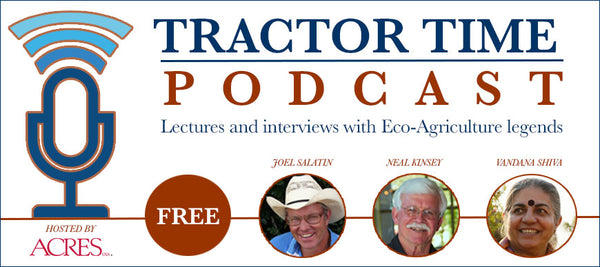
Exploring The Spectrum
A fact of life is that many people who love nature are turned off by the word electromagnetic. Any naturalist; amateur or professional must have a down to earth understanding of the electromagnetic spectrum. The entire spectrum is covered in this book, everything from the short radioactive waves used to sterilize male screw flies so the female lays sterile eggs; to the long-wave radio frequencies that penetrate the soil, control and enhance root growth and the immune system of plants and animals. Explains not only the visible-light spectrum, but also the invisible high-energy nuclear and low-energy infrared and radio portions of the electromagnetic spectrum.
Copyright 1994, softcover, 178 pages. 52 per case.
Customer Reviews
My Farmer, My Customer
New! Learn from Marty Travis's experiences converting the Spence Farm into one of the most successful farming co-ops in the United States today.

